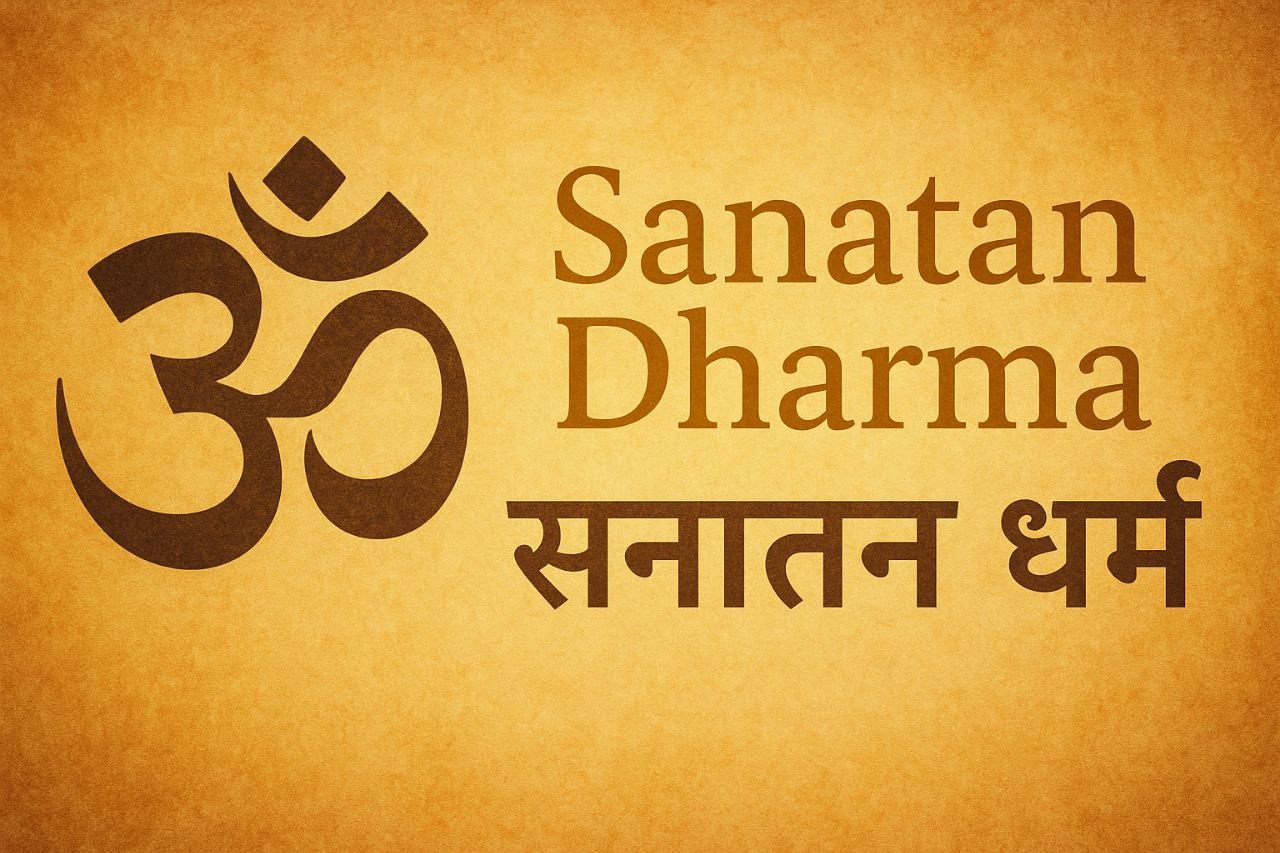Sacred Saṁskāras ~ Life Milestones

What are Saṁskāras?
Derived from the Sanskrit root "sam + kṛ", meaning “to refine” or “to perfect,” saṁskāras are sacred rites of passage in the Hindu tradition that mark the journey of an individual from conception to death. They are not just ceremonies but are deeply spiritual, moral, and psychological transitions that help align human life with cosmic order (ṛta).
“Saṁskāras are not mere rituals; they are divine imprints, transformational rites that refine the soul and guide it toward self-realization.” ~ Adarsh Singh
Why Are Saṁskāras Important?
In Sanātana Dharma, human life is seen as an opportunity for spiritual evolution. Saṁskāras serve to:
Purify the individual at various stages of life.
Sanctify worldly experiences with spiritual meaning.
Create awareness of one’s dharma (duty) and higher purpose.
Bridge the inner self with the outer responsibilities.
Channel energies toward mokṣa (liberation) while fulfilling worldly roles.
“Each saṁskāra is like a spiritual checkpoint, reminding us that life is not accidental, but purposeful.” ~ Adarsh Singh
The 16 Major Saṁskāras (Ṣoḍaśa Saṁskāras)
While the Vedas mention over 40 saṁskāras, traditionally 16 are emphasized as most significant in a person’s life journey:
1. Garbhādhāna ~ Conception Rite
Performed to invoke divine blessings for a righteous and spiritually-inclined child.
2. Puṁsavana ~ Fetus Protection
Conducted in the third month of pregnancy to ensure the health and well-being of the unborn child.
3. Sīmantonnayana ~ Hair-Parting Rite
A ritual for the emotional and spiritual protection of the mother and unborn child.
4. Jātakarma ~ Birth Ritual
Welcoming the child into the world with mantras and the first tasting of honey and ghee.
5. Nāmakaraṇa ~ Naming Ceremony
Performed on the 11th or 12th day after birth; the child’s name is formally given.
6. Niṣkramaṇa ~ First Outing
The child is taken outside to see the sun and moon, symbolizing entry into the world.
7. Annaprāśana ~ First Solid Food
Introduction to food with offerings to Agni and ancestors.
8. Cūḍākaraṇa ~ Head Shaving
Performed in the first or third year; it signifies removal of past karma and ego.
9. Karna-vedha ~ Ear Piercing
Considered to activate energy channels and enhance alertness.
10. Vidyārambha ~ Beginning of Learning
A child begins formal education with mantras to Sarasvatī.
11. Upanayana ~ Sacred Thread Initiation
Marks entry into the Brahmacharya stage; the guru-shiṣya bond is established.
12. Vedarambha ~ Study of the Vedas
Start of Vedic learning under the guidance of a teacher.
13. Samāvartana ~ Graduation
Completion of student life and readiness to enter the grihastha (householder) stage.
14. Vivāha ~ Marriage
Sacred union of two souls to support each other in dharma and spiritual growth.
15. Vānaprastha ~ Retirement into Spiritual Life
Gradual withdrawal from worldly life to focus on detachment and reflection.
16. Antyeṣṭi ~ Final Rites
Liberates the soul from the body and assists its journey beyond.
Symbolism & Inner Meaning
Each saṁskāra symbolizes the transformation of the individual, physically, mentally, emotionally, and spiritually. These are not merely social customs but powerful initiations into higher awareness. For instance:
Vivāha is not just a contract; it is a yajña of shared dharma.
Upanayana is not about wearing a thread; it's about awakening to knowledge.
Antyeṣṭi is not just about cremation; it acknowledges the eternal nature of the soul.
“Rituals without realization are empty; but with awareness, they become bridges to the divine.” ~ Adarsh Singh
Relevance in the Modern World
Even today, saṁskāras hold immense relevance:
They offer stability and meaning in an age of uncertainty.
They help parents consciously raise children with spiritual awareness.
They promote family bonding and intergenerational wisdom.
They preserve cultural identity and timeless values in a rapidly changing world.
In fact, the popularity of naming ceremonies, thread ceremonies, or even conscious marriage rituals among modern spiritual seekers reflects a resurgence of interest in living consciously through every stage of life.In Sanātana Dharma, life is sacred, from the womb to the tomb. Each milestone, when sanctified through a saṁskāra, becomes a step toward spiritual maturity and ultimate liberation.
“A spiritually refined life is not accidental, it is sculpted through the sacred chisels of saṁskāras.” ~ Adarsh Singh
Sun Jul 27, 2025
